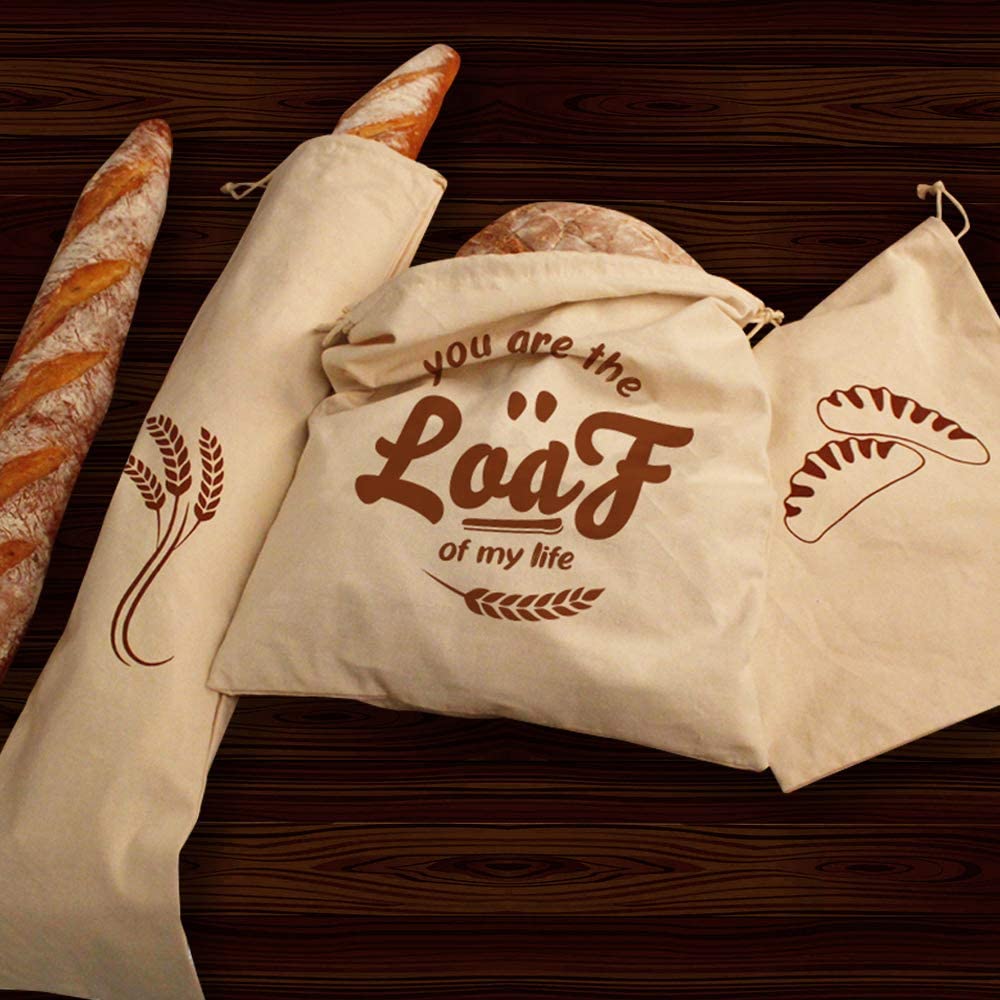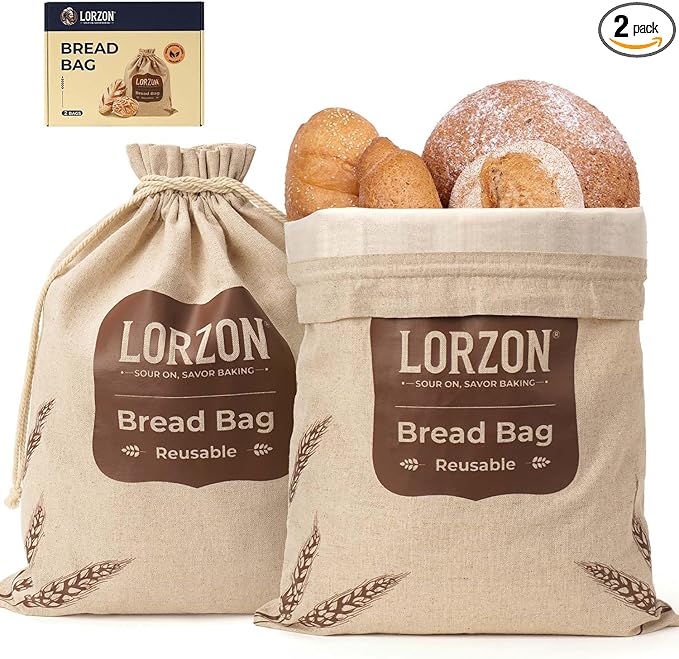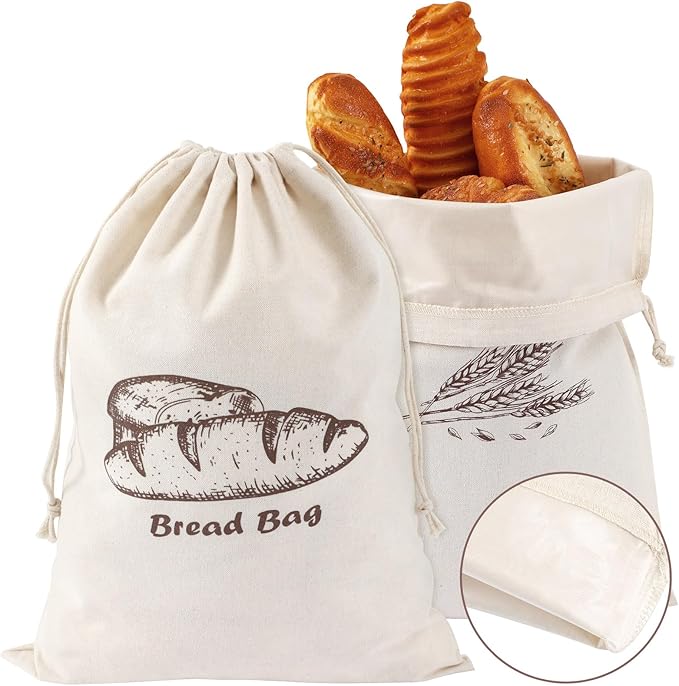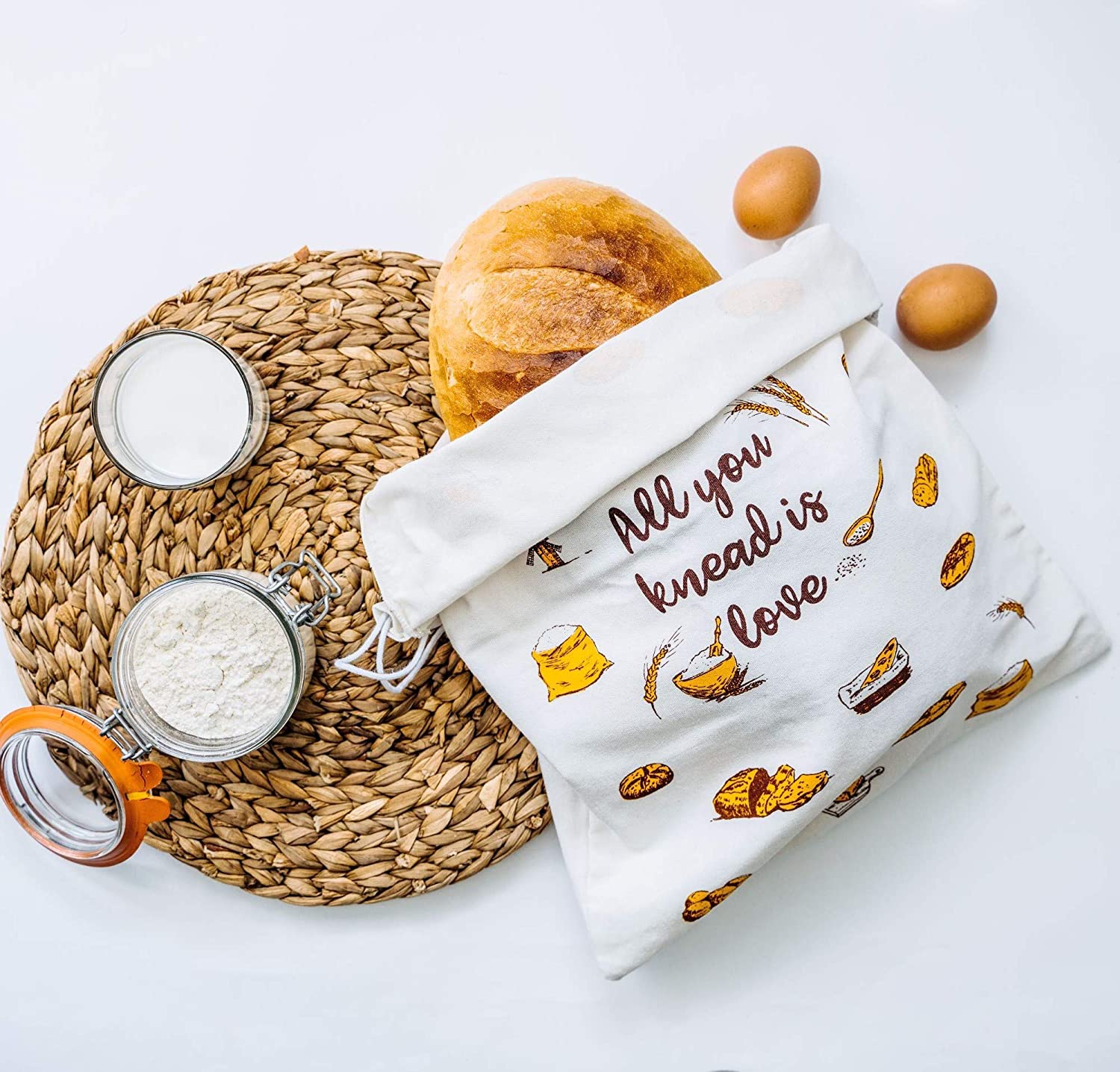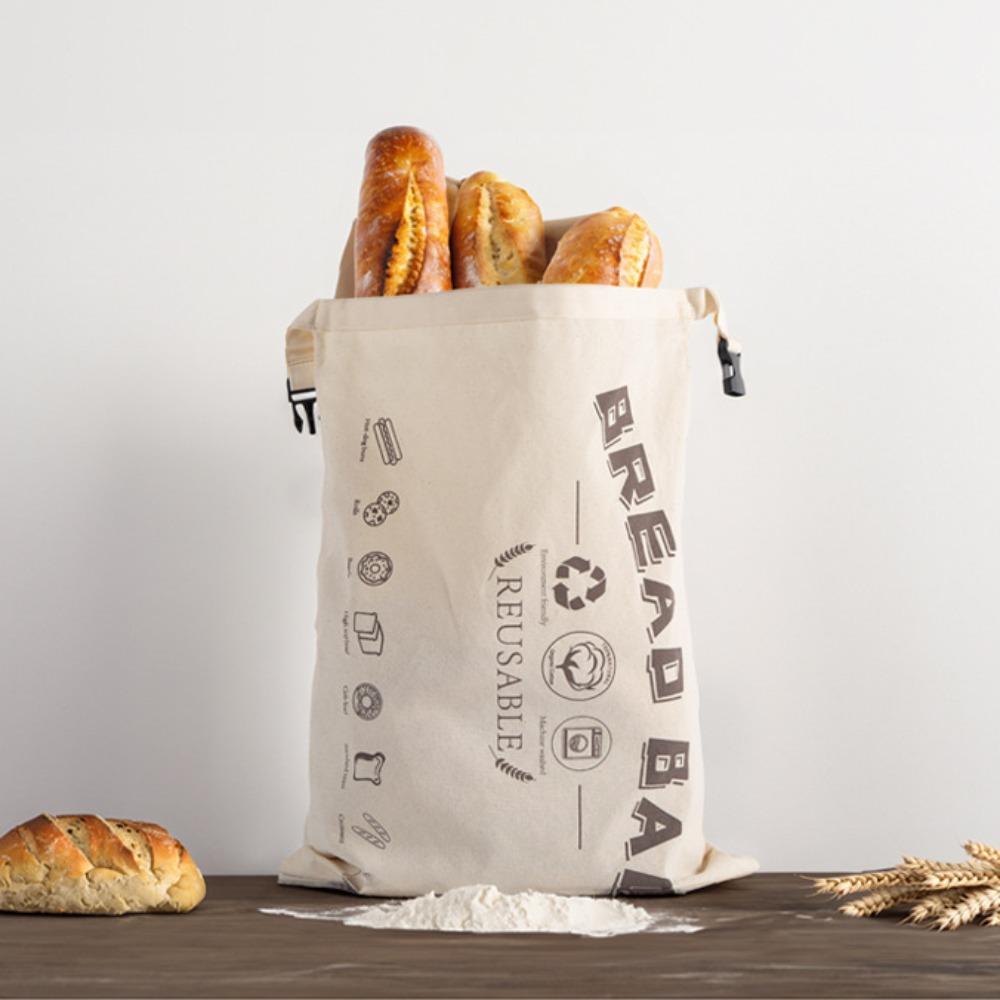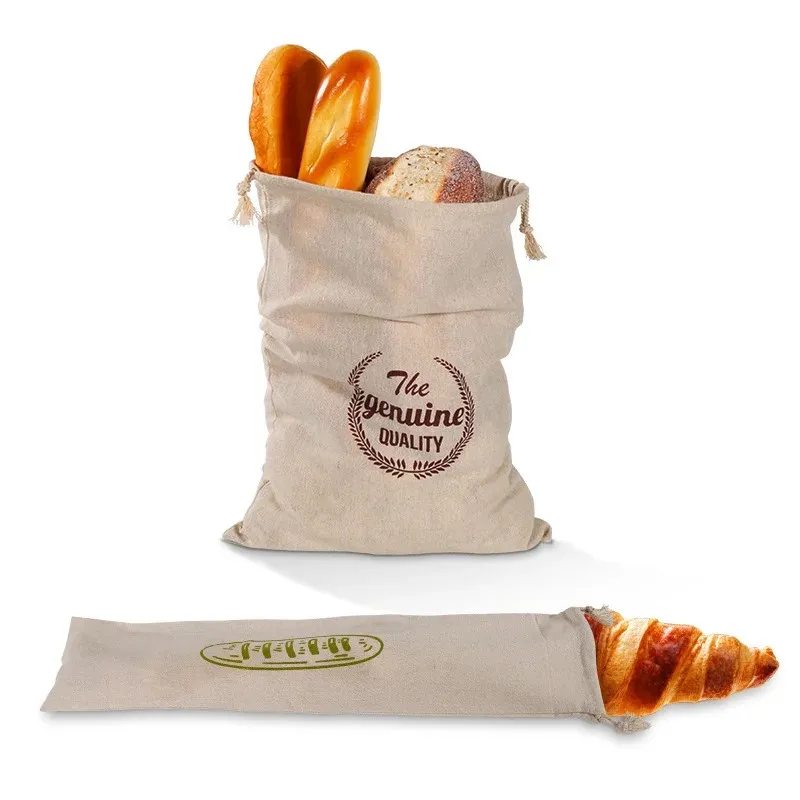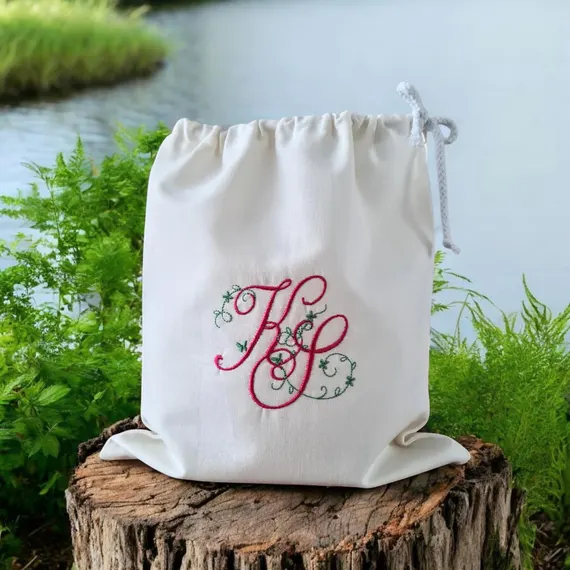Mastering the art of bread bag manufacturing: materials, processes, and sustainable innovation
Introduction: The Unsung Hero of Bread Bags
From the earliest days of leavened dough to today’s artisanal bakery boom, bread has been a universal symbol of nourishment. No matter how exquisite the loaf, exposure to air, moisture, and contaminants can quickly degrade its quality. Enter the humble bread bag: a packaging marvel that not only locks in freshness but also communicates brand values, ensures food safety compliance, and enhances consumer appeal. In this comprehensive guide, we explore how modern bread bags are engineered—from advanced film formulations and automated production lines to bespoke design options and Eco‑friendly innovations—so that you can understand the full spectrum of factors that elevate packaging from mere utility to a strategic asset.
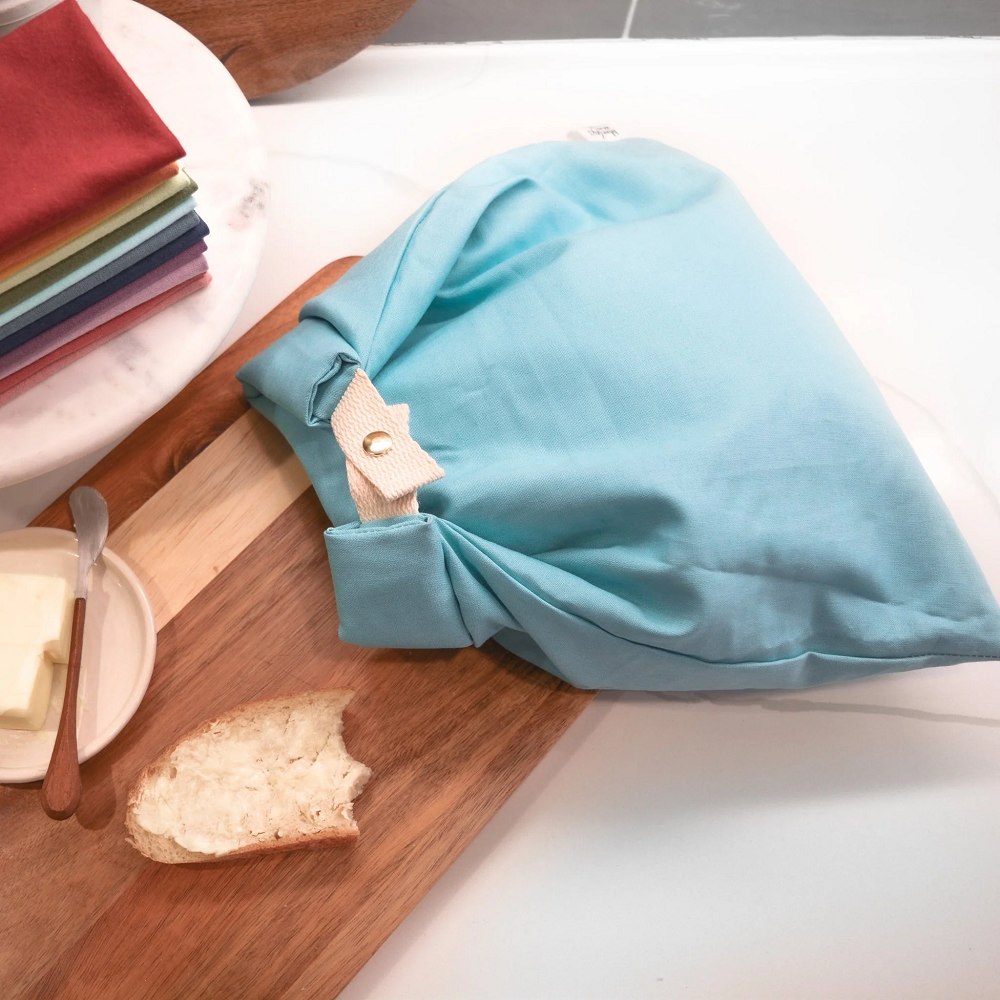
A Modern Bakery’s Competitive Edge
In a saturated retail landscape, the choice of packaging can make or break a product’s market success. Studies show that 72% of purchase decisions in grocery aisles are influenced by packaging design, color, and perceived quality, making visual storytelling a critical component of your branding strategy. A premium bakery might leverage soft-touch matte films and subtle embossing to evoke handcrafted authenticity, while a value‑oriented chain could employ clear, high‑gloss bags with bold, contrastive typography for easy product recognition.
Beyond aesthetics, functional features like zip closures and tear‑notches significantly impact user experience. For instance, a resealable zipper can extend shelf life by up to 48 hours after opening, thereby reducing food waste and boosting customer satisfaction. Furthermore, moisture‑absorbing sachets or anti‑fog coatings can preserve crust texture and prevent condensation—a common culprit in soggy bread complaints.
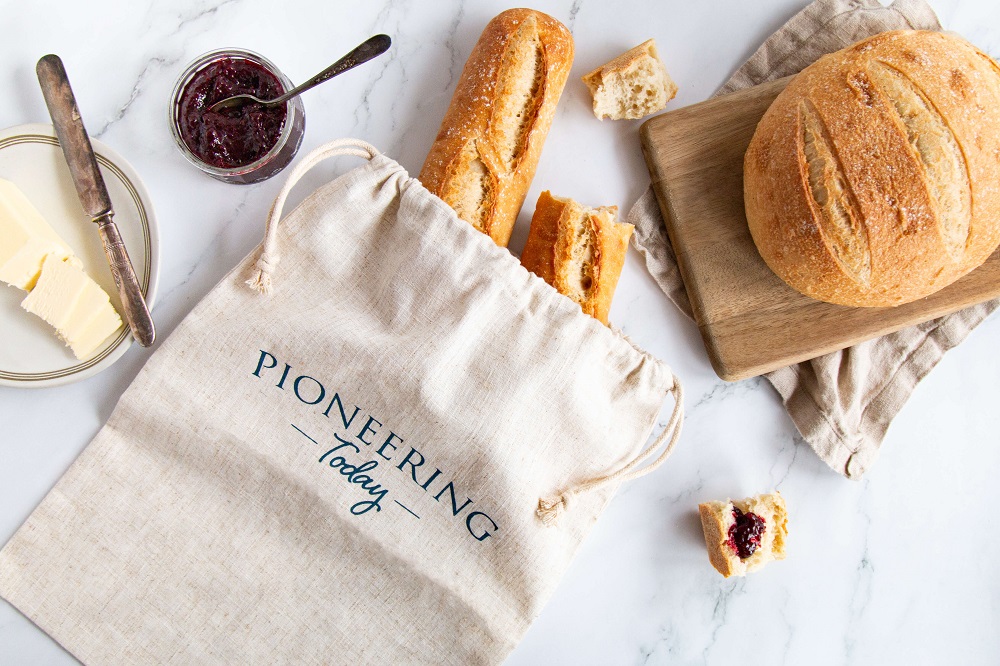
Meticulous Material Selection
Choosing the right polymer blend is the cornerstone of bread bag performance. Common base resins include:
- Polyethylene (PE): Renowned for its moisture‑barrier properties and heat‑seal strength. PE films are extruded via blown or cast processes, with typical thickness ranging from 50 to 100 microns for retail bags.
- Low‑Density Polyethylene (LDPE): Offers superior flexibility and puncture resistance, making it ideal for high‑speed packaging lines that handle presliced or baguette‑style loaves.
- Linear Low‑Density Polyethylene (LLDPE): Combines the toughness of HDPE with the flexibility of LDPE, often used in multilayer laminates to balance rigidity and clarity.
- Polypropylene (PP): Provides excellent crystal clarity and higher temperature tolerance, favored for products requiring back‑seal or center‑seal formats.
Additive technologies play a crucial role in improving performance. Slip agents help reduce friction between layers, allowing machines to operate more smoothly. Anti-block additives prevent film layers from sticking together. Additionally, oxygen scavengers embedded within laminates can effectively lower oxygen transmission rates to below 10 cc/m²·24h, which significantly slows the growth of mold.
Sustainable Alternatives are rapidly gaining traction.
Manufacturers are exploring bio‑based polymers—such as Polylactic acid and PBAT blends—and high‑recovery recycled polyethylene. Life-cycle assessments indicate that switching to rPE can cut greenhouse gas emissions by up to 60% compared to virgin PE, although factors like availability and cost still present challenges.
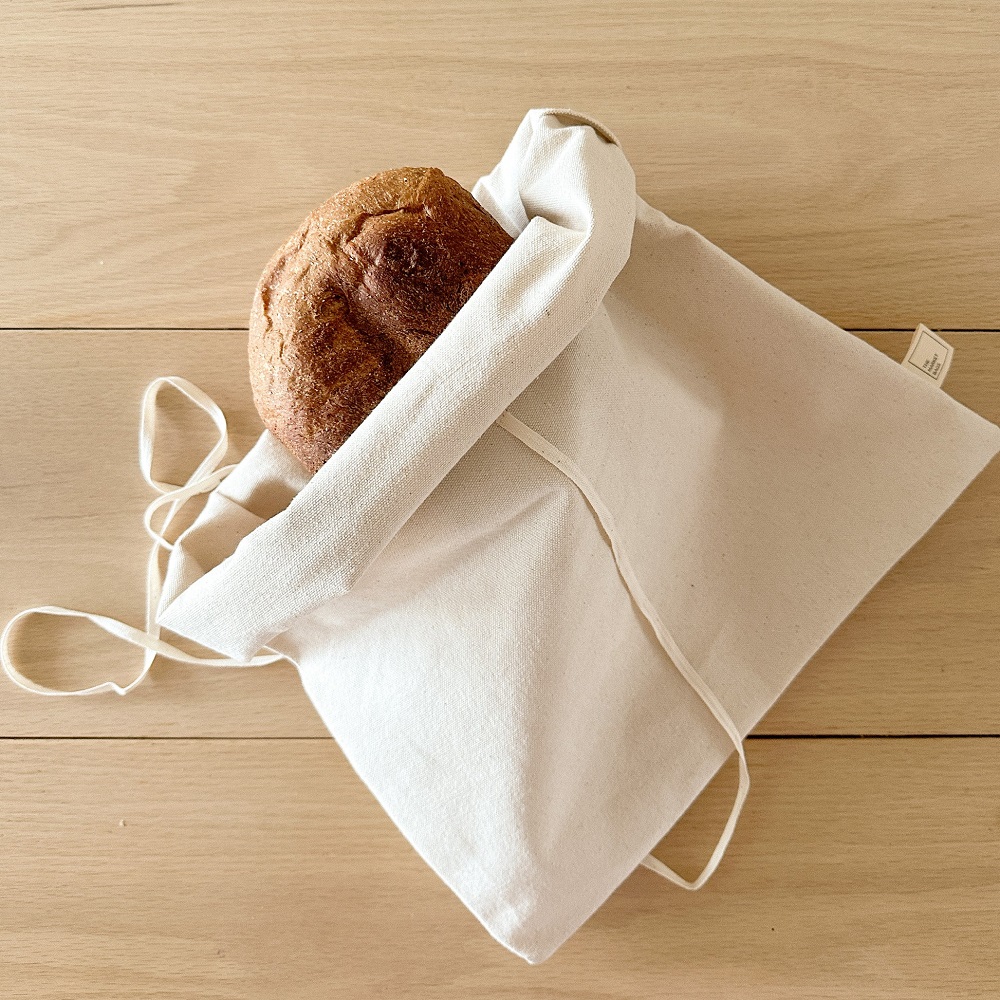
Core Manufacturing Processes
The journey from raw polymer pellets to finished bread bag encompasses several precision‑driven stages:
- Extrusion & Film Production: Twin‑screw extruders melt and homogenize resin, creating a uniform polymer melt. In the blown‑film process, the melt is extruded through a circular die and inflated into a bubble, while the cast‑film method uses flat dies and chill rollers for tighter thickness tolerances.
- Lamination & Printing: For multilayer structures, adhesive or extrusion lamination bonds different films to impart combined properties—e.g., a barrier layer sandwiched between structural and printable layers. High‑speed flexographic presses apply up to 8 color stations, enabling precise Pantone matching and intricate graphics at line speeds exceeding 300 meters per minute.
- Cutting & Sealing: Computer‑numerical‑control knives and high‑frequency sealers carve bags to spec and fuse edges at temperatures around 180–200°C. Consistent dwell times and pressure ensure uniform seal integrity—tested via burst‑and‑peel tests to achieve a minimum of 0.8 N/mm seal strength.
- Quality Assurance: Inline sensors monitor gauge profile, print registration, and seal continuity. Samples undergo lab testing for OTR, water vapor transmission rate, and microbiological safety. Rejects are automatically diverted, maintaining a production yield above 99.5%.
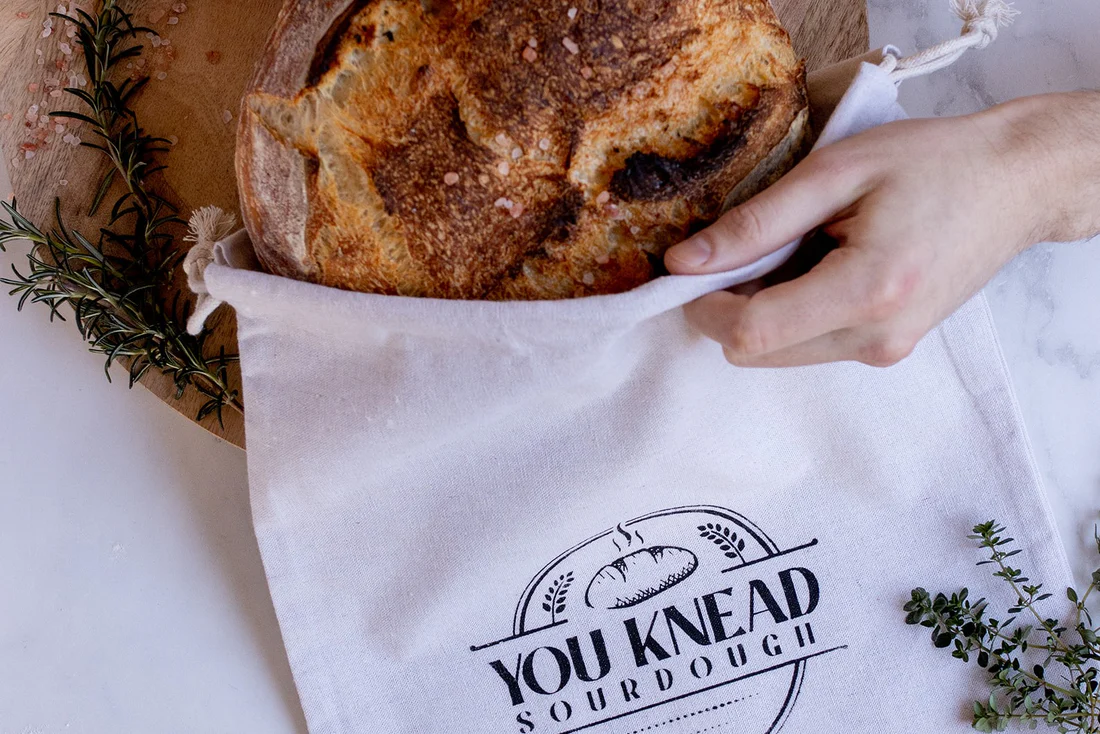
Customization: Your Brand’s Magic Key
Customization elevates packaging from commodity to competitive differentiator. Consider the following options:
- Variable Data Printing: Incorporate batch codes, expiration dates, and QR codes for dynamic marketing campaigns and supply chain transparency.
- Advanced Finishes: Metallic hot‑stamping, soft‑touch laminates, and selective UV varnish create tactile experiences that reinforce premium positioning.
- Functional Enhancements: Resealable zips, easy‑open tear‑notches, and handle perforations boost convenience and accessibility—vital for on‑the‑go consumers.
- Smart Packaging: Integrate freshness indicators or RFID/NFC tags to track inventory and enhance anti‑counterfeit measures.
Every design element is optimized through collaborative prototyping, with digital mock‑ups and physical samples ensuring that color fidelity, dimensional accuracy, and functional performance align with client specifications.
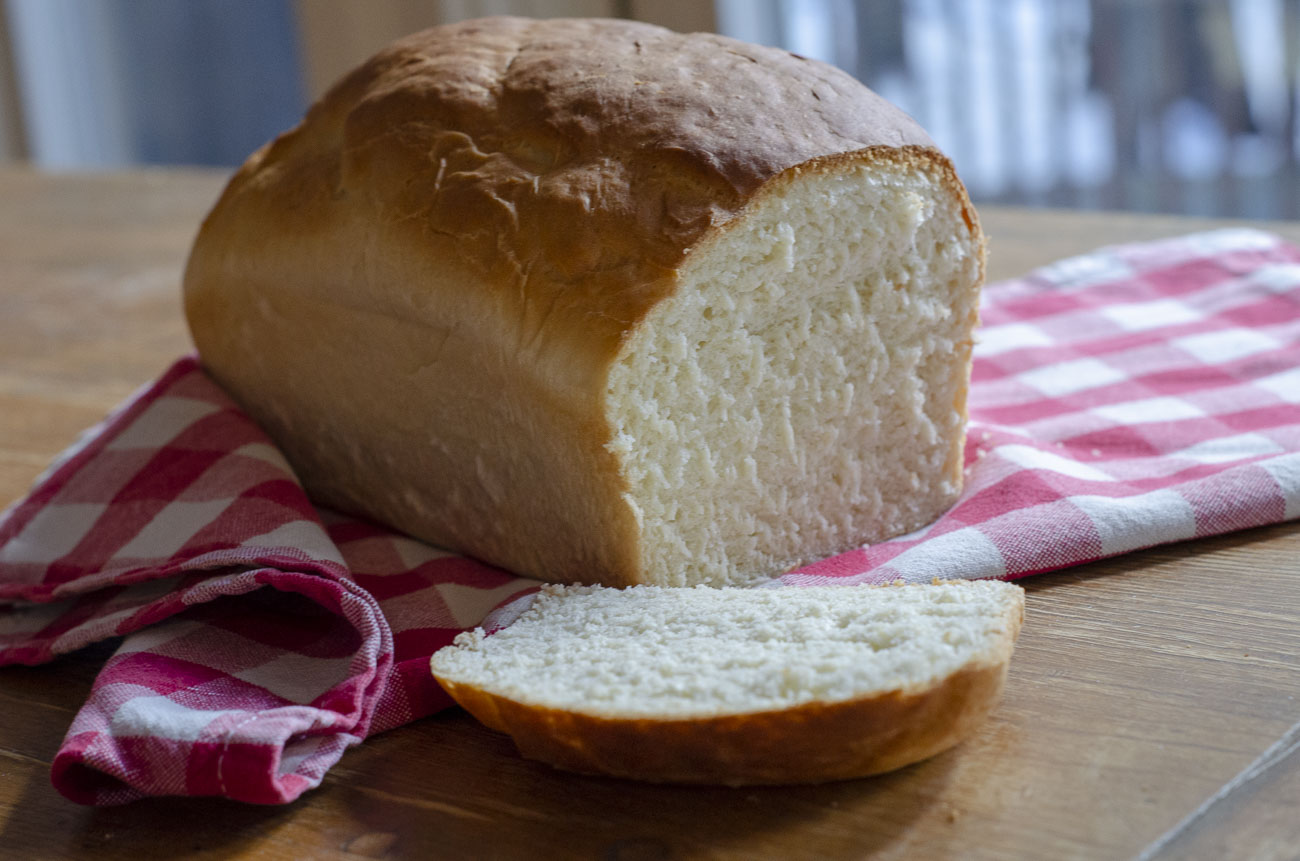
Towards a Green Future: Sustainable Innovation
Environmental stewardship has surged to the forefront of packaging strategy. Key initiatives include:
- Bio‑based & Compostable Films: Certified to standards like EN 13432 and ASTM D6400, these materials break down under industrial composting conditions within 90–180 days.
- High‑Recovery Recycled Polymers: Post‑consumer and post‑industrial rPE blends maintain mechanical properties while diverting waste from landfills.
- Energy & Waste Reduction: Lean manufacturing techniques—such as tool‑less changeovers and heat‑recovery systems—lower energy consumption by up to 20% and scrap rates by 30%.
Consumer research indicates that nearly 70% of shoppers prefer brands with transparent sustainability credentials, and 36% are willing to pay a 5–10% premium for Eco‑friendly packaging. By aligning with these preferences, bakeries not only reduce environmental impact but also unlock new revenue streams and strengthen customer loyalty.
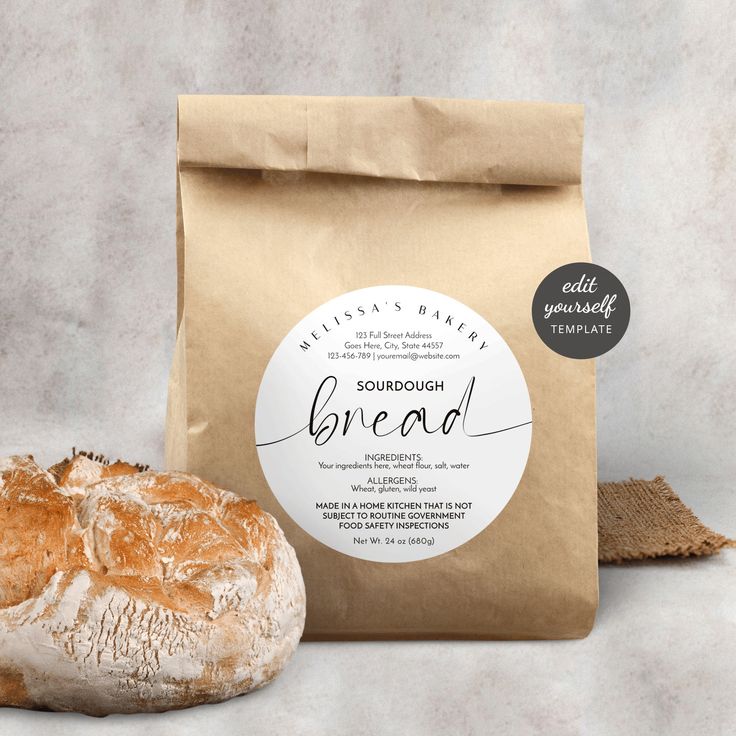
Future Trends in Bread Packaging
As we look to the future, a number of emerging trends are set to transform the industry.
- Digital Printing: On‑demand, short‑run printing reduces inventory risk and supports seasonal or localized promotions without expensive plate changes.
- Active Packaging: Incorporating oxygen scavengers, moisture regulators, or antimicrobial agents into film structures to actively extend shelf life.
- E‑commerce Optimized Packaging: Customizable, robust mailer bags and padded pouches designed to protect artisan bread during postal transit, complete with tear‑resistant materials and secure closures.
- Data‑Driven Supply Chains: Cloud‑connected production lines and IoT sensors enable real‑time monitoring, predictive maintenance, and just‑in‑time manufacturing.
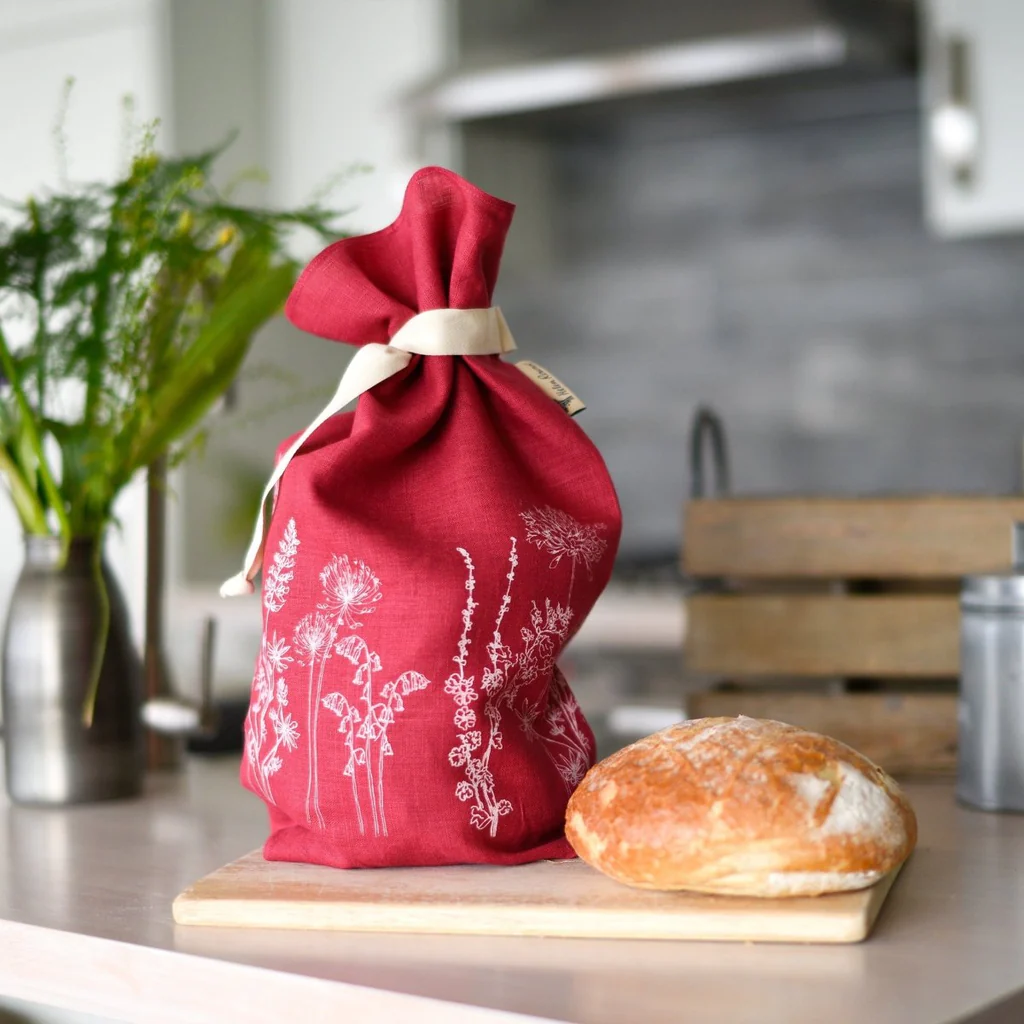
Conclusion: Partnering to Create the Ultimate Packaging Experience
Bread bags may appear unassuming, but they embody a complex blend of science, engineering, and design. From material formulation and regulatory compliance to personalized branding and sustainable practices, every aspect of production contributes to the preservation of quality, the amplification of brand identity, and the satisfaction of end consumers.
Whether you own a neighborhood artisanal bakery or oversee packaging for a national retail chain, collaborating with an experienced manufacturer ensures that your products not only stand out on crowded shelves but also resonate with today’s discerning, Eco‑conscious shoppers. Let’s work together to push the boundaries of bread packaging, combining innovation, functionality, and sustainability in every bag.
Products Recommend
-
-
Custom Linen adjustable drawstring reusable homemade sourdough bread storage bag
Learn More -
Custom natural linen plastic lining large storage bread bag wholesale
Learn More -
Custom reusable linen homemade baguette bread storage bag bulk sale
Learn More -
Wholesale custom newest reusable cotton drawstring bread storage bag
Learn More
News Recommend
-
What is the best material for a bread bag? — A comprehensive exploration of optimal bread preservation materials
Mar.18.2025 Learn More -
Custom bread bags: A comprehensive guide for wholesale, retail, and bakery industries
Apr.01.2025 Learn More -
The history and evolution of the bread bag: a baker’s guide to crafting the perfect loaf
Mar.28.2025 Learn More


